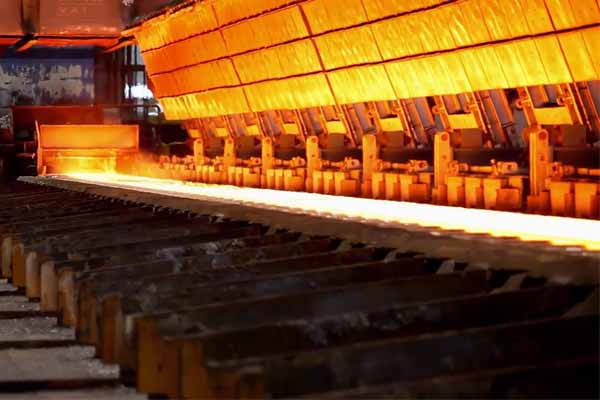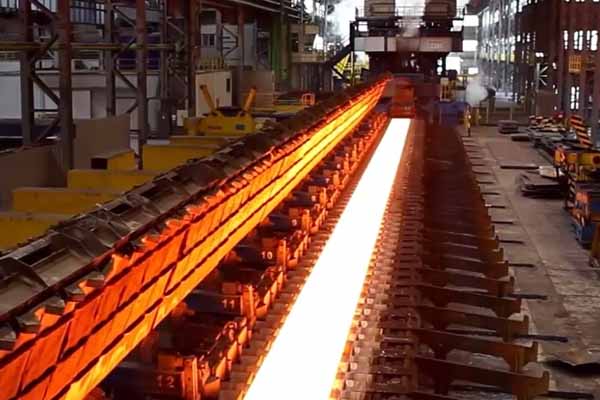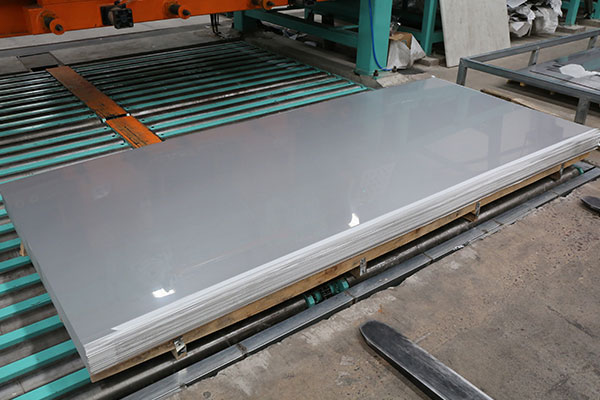Stainless Steel Plates: Five Key Questions Answered
Date:2025-06-13View:638Tags:304 stainless steel plate,stainless steel sheet fabricators,ss plate factory
Stainless steel plates play a crucial role across a diverse spectrum of industries, from food processing to construction and advanced manufacturing. As a family of highly engineered alloys, stainless steel offers a wide range of grades and characteristics, each tailored to meet specific performance requirements. Below, we address five of the most frequently asked questions from industry professionals and discerning clients alike:
1. What makes food-grade stainless steel plates uniquely suited for the industry?
Food-grade stainless steel combines superior heat resistance, outstanding corrosion protection, and exceptional hygienic properties. Its surface undergoes electrolytic polishing, producing a microscopically smooth finish that resists bacterial accumulation and simplifies sanitation procedures. Grades 304 and 316 remain the global standards for food-grade applications, offering reliability and long-term safety.
2. Is stainless steel entirely immune to rust?
The “stainless” quality derives from its high chromium content, which forms a dense, self-healing passive layer that protects the metal from oxidation. This barrier prevents rust formation under most conditions. However, prolonged exposure to aggressive environments—such as high concentrations of chlorides—may lead to localized corrosion if not properly managed.
3. How does stainless steel compare to aluminum in industrial applications?
Both materials serve vital roles, yet stainless steel provides significantly greater mechanical strength, impact resistance, and dimensional stability under thermal or mechanical stress. Aluminum, while lightweight and highly conductive, may lack the structural resilience required in demanding environments. For applications prioritizing strength, durability, and minimal electrical conductivity, stainless steel remains the material of choice.
4. Can stainless steel be effectively welded?
Absolutely. With the correct welding techniques, stainless steel can be joined to itself or to other compatible materials. This requires precise selection of filler materials, shielding gases, and welding processes to preserve its structural and corrosion-resistant properties. Expertise in stainless steel welding ensures long-term performance and integrity in finished assemblies.
5. Are there specific storage and handling protocols for stainless steel plates?
Yes. To maintain optimal quality, stainless steel should be stored separately from dissimilar metals, particularly in humid or acidic environments, to prevent galvanic corrosion that may affect other materials. Although highly durable, stainless steel surfaces are still vulnerable to surface damage such as scratches and dents. Careful handling and proper storage conditions are essential to preserving both functional and aesthetic qualities.
 English
English Русский
Русский







